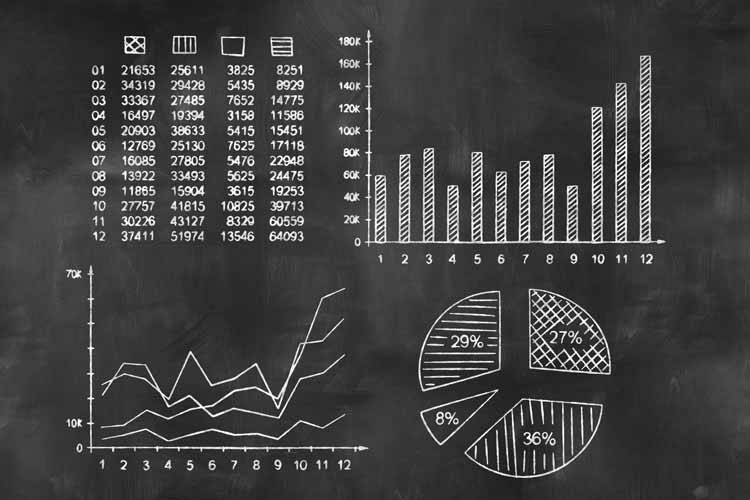
HUN is testing a trendline that's played a role in some big rallies
Chemicals specialist Huntsman Corporation (NYSE:HUN) has been trending steadily higher on the charts for nearly two years now, with the stock quadrupling in value from its February 2016 lows south of $8. However, based on a reliable buy signal that just flashed, it's not too late for traders to profit from HUN's positive price action.
Specifically, after peaking at an all-time best of $36.09 in late January, Huntsman stock has now pulled back to within one standard deviation of its rising 40-day moving average. This under-the-radar trendline has been instrumental in supporting HUN's ascent, along with its 20-day, 80-day, and 160-day counterparts.
According to Schaeffer's Senior Quantitative Analyst Rocky White, there have been 10 prior instances of HUN testing its 40-day trendline in this manner while locked in an uptrend. The results five days after a signal are middling; HUN's average gain is 1.19%, with 60% of those returns positive.
However, 21 days after a pullback to its 40-day moving average, HUN is higher 90% of the time, with an average return of 7.06%. With the equity currently trading at $33.79, another bounce of this magnitude could put the shares as high as $36.18 a month from now -- in new record-high territory.

Even more compelling,short-term HUN options are affordable right now. Schaeffer's Volatility Index (SVI) checks in at 29%, in the modest 35th percentile of its annual range. This means front-month bets are pricing in lower-than-usual volatility expectations, which is a bonus for premium buyers.
That said, traders should be aware that HUN's quarterly earnings report is set to take place within the next 21-day period -- on Friday, Feb. 23 before the market opens -- which adds some event-related risk to the equation. Looking back over the past eight quarters, HUN has rallied the day after earnings on three occasions, with an average rise of 5%. Conversely, on the five occasions where HUN has traded lower the day after earnings, the average loss has been about half that -- just 2.3%.